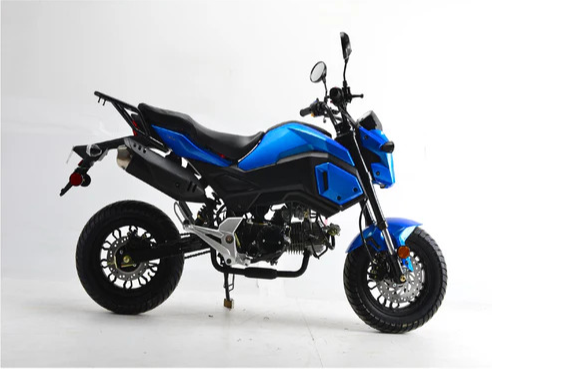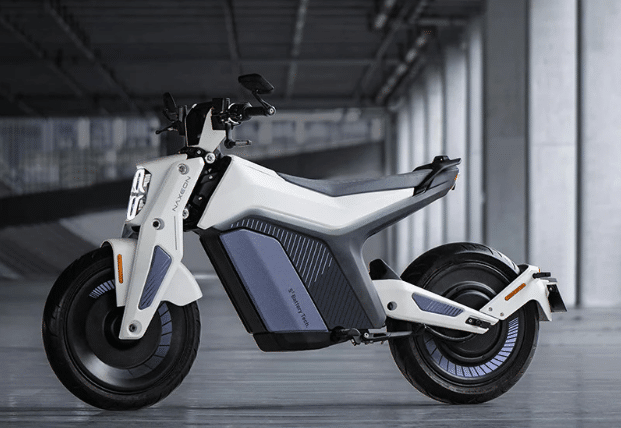The Role of Advanced Materials in Automotive Design Evolution

Stand beside any 2025-model automobile and you’re looking at a rolling periodic table. Aluminum hoods perch on advanced-high-strength-steel crash cages; magnesium hinges carry carbon-fiber doors; battery packs ride in structural aluminum trays. Those choices are anything but cosmetic. A 10 percent curb-weight cut still delivers a 6–8 percent energy-efficiency gain, according to the U.S. Department of Energy, while new powertrains, stricter CO₂ rules, and insatiable customer expectations force engineers to squeeze performance from every gram. Materials science, once an afterthought, now sets the tempo of automotive design.
Lightweighting: the quickest route to efficiency
Physics never blinks: the lighter the car, the less energy it takes to move. Today’s “multi-material” body-in-white blends thin-gage martensitic steels with extruded aluminum rails and magnesium castings. Each metal earns its keep—steel for crash zones, aluminum for large panels, magnesium where stiffness-to-weight is king. Designers typically bank 100–150 kg without sacrificing safety, unlocking range for EVs or fuel savings for combustion models.
Aluminum and high-strength steels reinvent the structure
Aluminum stamping matured when Ford switched its F-150 pickup to an all-alloy body in 2015; since then, automakers have exploited 6000-series sheets for hoods, fenders, and tailgates in every segment. Meanwhile, third-generation advanced high-strength steels top 1,200 MPa in tensile strength, so engineers can run thinner gauges without compromising crumple performance. The result is a chessboard of alloys welded, bonded, or riveted together in ways unheard-of 20 years ago.
Carbon fiber comes of age in everyday production
Once reserved for Le Mans prototypes, carbon-fiber-reinforced polymer (CFRP) now shows up in volume cars thanks to fast-cycle resin transfer molding and recycled off-cuts. Chevrolet illustrates the shift with its factory option like Z06 spoiler, a visible-weave aero piece that sheds kilos yet survives car-wash brushes and grocery-store bumps. CFRP’s stiffness allows slimmer shapes, so stylists deliver dramatic downforce without blocky supports.
Plastics, polymers and bio-composites push past aesthetics
Modern instrument panels, door inners and front-end carriers rely on glass-fiber-reinforced polypropylene or polyamide 6. These thermoplastics absorb crash loads while cutting noise and cost. Natural fibers—flax, hemp, kenaf—are joining the mix, trimming petroleum use and adding warm textures to cabin trims. Some brands even coat panels with self-healing clear coats whose polymer chains knit micro-scratches when sunlight warms the surface.
Battery “skateboards” turn chemistry into chassis
In electric cars the battery pack is no longer luggage; it is the floor. A sealed aluminum or composite “skateboard” carries thousands of cells, resists torsion, and shields occupants from fire. Engineers use extruded cross-members, dielectric foams and glass-fiber fire blankets to meet both structural and thermal-runaway demands. Because the pack sits low, designers can stretch wheelbases and carve out lounge-like interiors that ICE layouts never allowed.
Additive manufacturing rewrites the bracket book
Laser-printed titanium brake calipers, topology-optimized aluminum seat frames, lattice-filled HVAC ducts: 3-D printing puts material only where digital twins say it must be. Weight drops, part counts shrink, and bespoke cooling channels appear inside solid-looking components. Automakers now print tooling inserts with conformal cooling, slashing molding cycle times and carbon footprints before the first car ships.
Two-dimensional polymers and nano-infusions
In 2022 MIT researchers unveiled 2DPA-1, a polymer sheet twice as strong as steel yet one-sixth its density. The material self-assembles into molecular planes, creating gas-tight films that could line fuel tanks or battery cases without adding heft. Parallel work infuses everyday plastics with graphene or nano-silica, boosting toughness and heat dissipation so bumpers and grilles can hide radar modules and high-output LEDs without warping in summer sun.
Designing for circularity from day one
The European Union now mandates 95 percent recyclability by mass, so engineers think past showroom day. Single-polymer interior modules, easy-separation adhesives, and color-coded fasteners speed disassembly. Scrap CFRP gets chopped and pressed into sheet-molding compound for pickup beds; spent battery cells feed closed-loop recycling lines that reclaim nickel, cobalt and lithium at better than 90 percent yield. The payoff is lower material volatility and a measurable dent in lifecycle
Conclusion
Advanced materials have swung the doors of automotive possibility wide open. Lightweight metals reclaim range that heavy battery packs once stole; CFRP aero lets supercars grip harder without extra drag; nano-engineered polymers turn everyday trim into hidden crash structures. Yet the gains are only half the story. Each new alloy or composite forces fresh questions about bonding, corrosion, sourcing, and end-of-life recovery. Automakers that master the entire loop—from molecular design to recycling furnace—will cut costs, meet emissions targets, and delight drivers with quieter, quicker, safer cars. Those that don’t risk regulatory fines and restless customers. The next great horsepower race, it seems, will be fought not under the hood but deep inside crystalline lattices and carbon bonds, where grams saved today become kilometers gained tomorrow.

Best Tips and Tricks for Bitcoin Investments

Top Benefits of Hiring Professional Pet Sitting Services for Your Pets

Expert Insights on Improving Productivity and Efficiency

Accelerating drug discovery through the DEL-ML-CS approach

AI in Marketing Is No Longer a Buzzword — It’s the Strategy

Affordable Fun: The Rise of Knock Off Honda Groms in the Mini Bike Scene

Ride Smart on a Budget: The Cheapest Street Legal Motorcycles That Deliver Value

Top Features That Make Gas Powered Mini Bikes for Sale Worth Every Dollar









